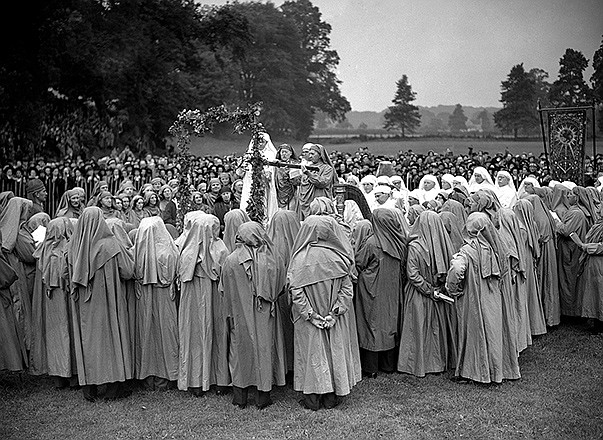NEW YORK (AP) - Genetic samples collected from across the United Kingdom are shedding light on the ancient past, including Viking invasions and a mystery about the arrival of the Anglo-Saxons, researchers report.
The DNA also suggests that, genetically speaking, people in Wales are the closest matches to early settlers of Britain after the last ice age, people who began showing up some 10,000 to 11,000 years ago.
That's because the Welsh genetic material has been the least affected by later migrations, said Peter Donnelly of Oxford University, a key author of the research.
The work is presented in a paper released Wednesday by the journal Nature.
The researchers studied DNA samples from 2,039 white residents of Britain and Northern Ireland, chosen for their family roots in rural areas. The DNA they inherited from their grandparents reflects the genetic landscape of those areas in the late 1880s, researchers said.
To identify signs of ancient immigrations, the researchers consulted DNA samples taken from continental Europeans.
Analysis showed Danish Vikings, who occupied and controlled a large part of England after invading in the year 865, have left no clear genetic heritage today. That suggests they didn't settle in large numbers, Donnelly said in an email.
The study also weighed in on the question of what happened after Anglo-Saxons migrated into Britain from Europe, which began in the fifth century. After they showed up, their language, cereal crops and pottery styles replaced those of the existing British population.
So was the British population wiped out or elbowed aside? Or did it simply adopt cultural practices of a few new arrivals?
The new study argues instead that a substantial number of Anglo-Saxons showed up and intermingled with the locals, said study co-author Mark Robinson of Oxford. That's because the study found a clear but limited Anglo-Saxon genetic legacy.

